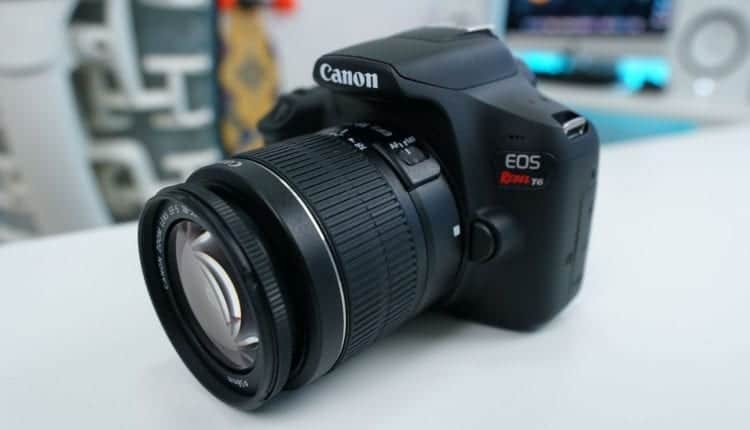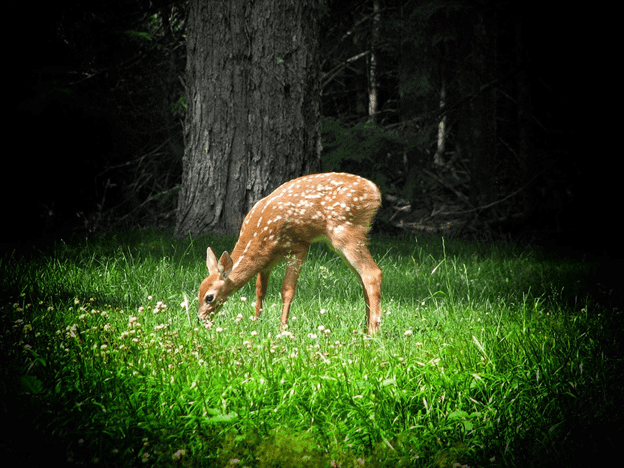Even the best camera can create problems for photographers, especially ones still in the amateur stage. Do your photos look grainy, have weird light spots, or look discolored? Here are the explanations for some of the most common camera-related photography problems with solutions:
Ghosting
Ghosting is a well-known term for extra streaks of light or spots appearing on a shot. Photographers call this lens flare. Ghosting can occur if the contrast is atypically low compared to other parts of the image. There are different types of lens flare that can happen, such as bright dots appearing with overexposed areas in the image. But the cause of ghosting is always the same.
Lens flare occurs when especially bright sources of light, like the sun, passes through the elements of the lens several times before hitting the digital sensor. In simple terms, it’s light source reflecting itself on the lens that causes ghosting.
Preventing lens flare is not that hard. Using a lens hood usually solves the problems by blocking any stray rays of light from entering the lens. You can also prevent this problem by changing your photographing position or angle.
Grainy Photos
Grainy or “noisy” photographs occur because of high ISO settings. This particular problem usually occurs under low light conditions, when you do need to use high ISO settings to make all the elements in the picture visible. But photographers can use too much ISO in which case the photograph will end up looking grainy.
It’s possible to fix grainy pictures with photo editing software like Adobe Photoshop. The best way to get rid of unwanted noise is to properly program the ISO settings on your camera. Stabilizing the shutter release by using a tripod can also help. If possible, look for noise reduction features when buying a camera to permanently fix fuzzy photos.
Recurring Overexposure
An overexposed photograph is an overly bright photograph caused by too much light entering through the lens. The part of the camera that controls how much light enters and corrects the exposure is called the aperture. Overexposure that occurs no matter the camera settings happens because of a problem with the aperture.
The aperture opens and closes within a fraction of a second through a spring-loaded mechanism. This mechanism is impeded particularly by oil that gets stuck between the blades of the aperture. Unlike with most machinery, the blades of the aperture work best without oil.
Oil essentially slows down how quickly the aperture blades close, thus overexposing your shot to more light than necessary. You can fix this problem by getting the aperture blades clean. This is an expensive process. You can prevent oil accumulation on aperture blades by keeping your camera away from heat. Store your camera away from heat and never leave it under direct sunlight to protect the aperture blades.
Dark Corners
Your photograph may look fine except for the corners that look quite dark, even if the shot was taken during bright daylight. This is a phenomenon known as “vignetting” among professional photographs. Some do it for the dramatic effect, but if you vignette by accident your photo might not look so good.
Vignetting occurs when the lens photographs its edges during a shot. This usually happens by using the wrong types of lens for certain shots. The most common culprit is a wide-angle lens, which is actually quite notorious for creating this effect. Vignetting can get worse if you are also using a large aperture.
To prevent accidental vignette, don’t use a wide-angle lens if you don’t really need one. If you do use this type of lens, carefully control the aperture and make sure it’s not large enough to shoot the edges of the camera lens.
Yellow Tinged Photographs
Some indoor photos come out with an unsightly yellow cast. The color temperature issue happens because of the wrong white balance. If you shoot indoor photos using a DSLR, it’s important to adjust the white balance settings before taking the shot.
Generally speaking, white balance settings should be adjusted based on the natural light settings of the location. When you shoot outside, there will be a varying degree of daylight, night lights, or natural moonlight in the dark. The color temperatures you most find outdoors are covered by the default settings of most cameras. But that’s not the case with indoor lighting.
Indoor lighting is always tricky for photographers because you are most likely to encounter a mix of light sources inside. For example, a room might get natural daylight through windows and also artificial lighting from a lamp. Adjusting the white balance of the camera to account for the variety of lighting you encounter indoors will prevent color casting in the final photograph.
Color Fringing
Color fringing, better known as chromatic aberration, is the term to use when parts of your photograph appear discolored, usually in purple or red. Chromatic aberration occurs because of how light passes through the lens.
As you may already know, light is made up of 7 colors. When light enters through your camera’s lens, it disperses into all 7 colors. But these colors are supposed to meet along the focal length, so your photo appears sharp and color accurate. Chromatic aberration happens when the color wavelengths don’t meet at a single point along the focal length.
This is mainly a lens problem that needs to be fixed by replacing the lens. Different lenses refract light differently. Use a lens that specifically prevents chromatic aberration for the best results. However, there are less expensive ways to fix the problem by changing the settings of the camera or your photography position.
Make sure you are using the right focal length to avoid color fringing. High contrast levels can increase the risk of color fringing so manage the contrast levels as well.
You can avoid most camera problems by choosing the right lens and learning to properly adjust the settings on your camera. Follow the instructions given in the camera manual to prevent physical problems in the equipment that will make it difficult to take great photographs.









